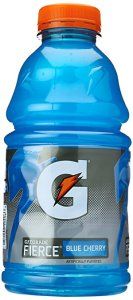Remove Water From Carpet Padding

You re going to want to try to dry the pad without removing the carpet especially if the pad seems to have only gotten a little damp and the subfloor seems dry.
Remove water from carpet padding. The tools are simple. Red cross officials say many homeowners can get rid of the mold just fine after a flood but it will require a bit of elbow grease. The sooner you start cleaning up after water damage the sooner you can stop mold from growing under your carpet. Fans bleach and cleaners.
Ideally as soon as possible you should remove the carpet from the tack strip and discard padding. Once the water is out peel back the carpeting watch out for those rusted sharp nails on the tackless stripping and remove the wet pad. Allow the water to sit a few minutes and loosen the glue. Steam cleaning wet carpet removes any toxins and deodorizes it.
Cut the pad into strips roll it up and haul it outside. The same cannot be said for wet padding especially in greywater floods. Blow air between carpet and padding. Pour mineral water on areas of padding glued to the floor.
Replace it to prevent the main carpet from becoming saturated with mold. In most cases where water has saturated your carpet your carpet padding is a goner. Consider using a dehumidifier to remove even more moisture from the atmosphere. You can also use warm water mixed with dish liquid paint thinner or vinegar.
Get the rolled up carpet out of the house. Carpet padding is essentially a giant sponge and can absorb all manner of bacteria and harmful substances from floodwater. If the weather is hot dry and sunny you can try drying it yourself by rolling it out on your driveway. Turn the shop vacuum to the wet setting and run it over the carpet.














































